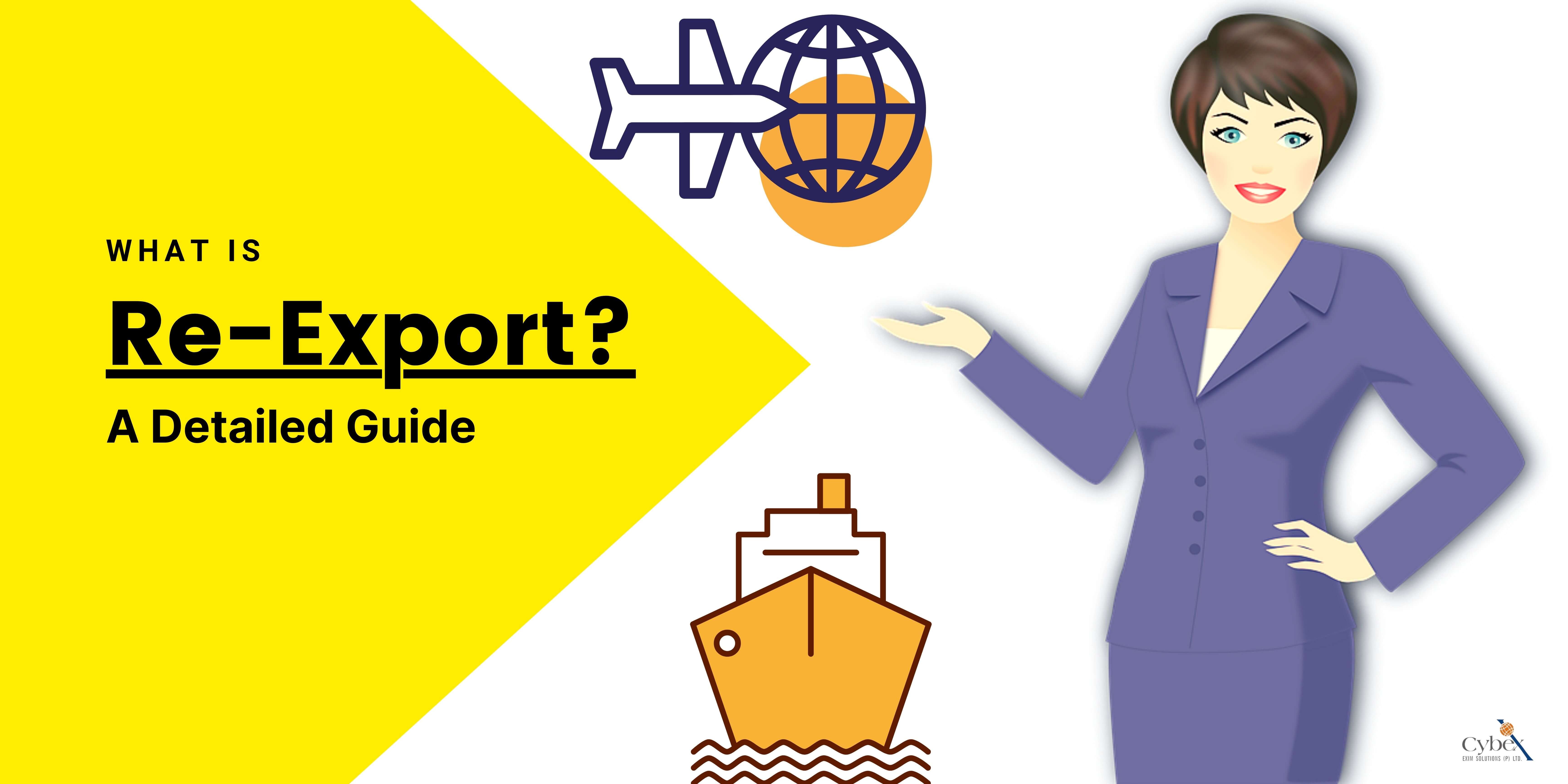Published On : 29-Jul-2021

In the world of foreign trade, the term re-export does not come easy for beginners to understand. However, the concept of Re-Export is very straightforward. According to research, many countries adopt the idea of Re-export to maintain their power and high-end coverage on international trade. However, for the most part, Re-Export is not as simple as an import and export business. Henceforth, today, we bring you a brief yet detailed guide on Re-Export. Let’s find out:
To begin with, a few years ago, the U.S. The Bureau of Industry and Security declared re-export as an official form of international trade. By definition, Re-Export is the export of commodities to a third country, which were previously imported in the “exporting” country from another country. In official terms, Re-Export is also known as Re-Exportation or Entrepot Trade.
Further ahead, as the concept of Re-Export grows in multiple countries, many countries are also practicing Re-Import. Now, you may wonder what re-import is? As the term itself is comprehensive, Re-Import is when a country imports the same commodities that it had previously exported.
Unlike the trends of import and export in international trade, many legal issues arise on re-importing and re-exporting commodities. One of the major reasons for such issues is that many importers and exporters use re-import and re-export to their benefit via executive scams.
For example, in the United States, pharmaceutical drugs are quite expensive as compared to price rates in Canada. Henceforth, a few years ago, the USA government passed a law allowing pharmaceuticals manufacturers to re-import drugs from Canada at Canadian rates.
It is also noteworthy that all re-export or re-import deals are not fraudulent. Sometimes countries have genuine reasons for taking such action. For example, in the event that a country finds the quality of goods imported from another country unsatisfactory, it may re-export the non-satisfactory commodities back to the native country.
Apart from this, re-export also happens when a country is under restriction or contractual obligation to send goods to another country. However, if it does not have the goods, it will import the goods from another country and re-export them to the country that binds it under contract.
Multiple countries like Brazil re-export mineral fuels and Oil & Gas to other countries. In recent years, the practice of re-export and re-import has become common.
In the foreign trade industry, importers and exporters are obliged to follow the given rules & regulations while considering re-export or re-import:
Want to know more on the subject? Get in touch with our experts only at www.cybex.in.